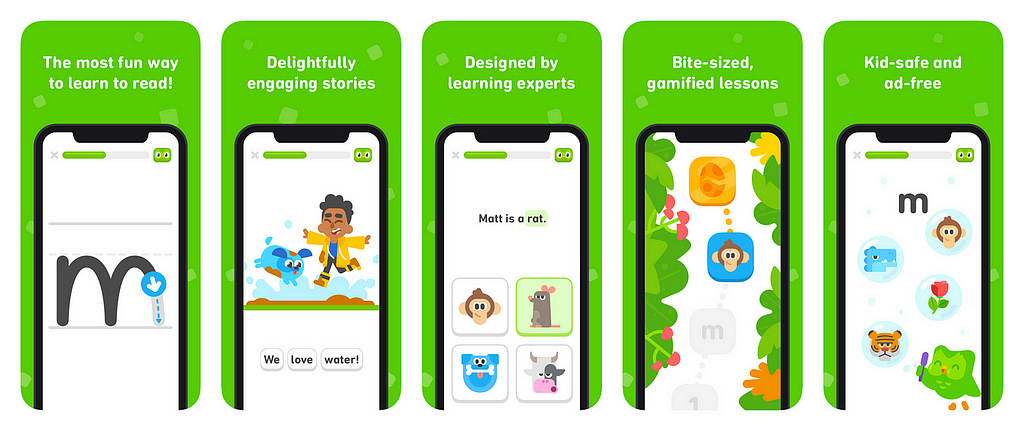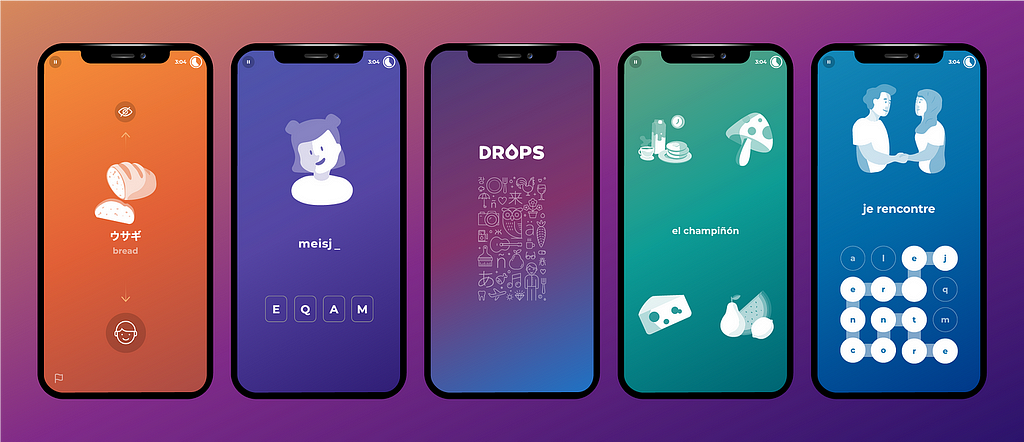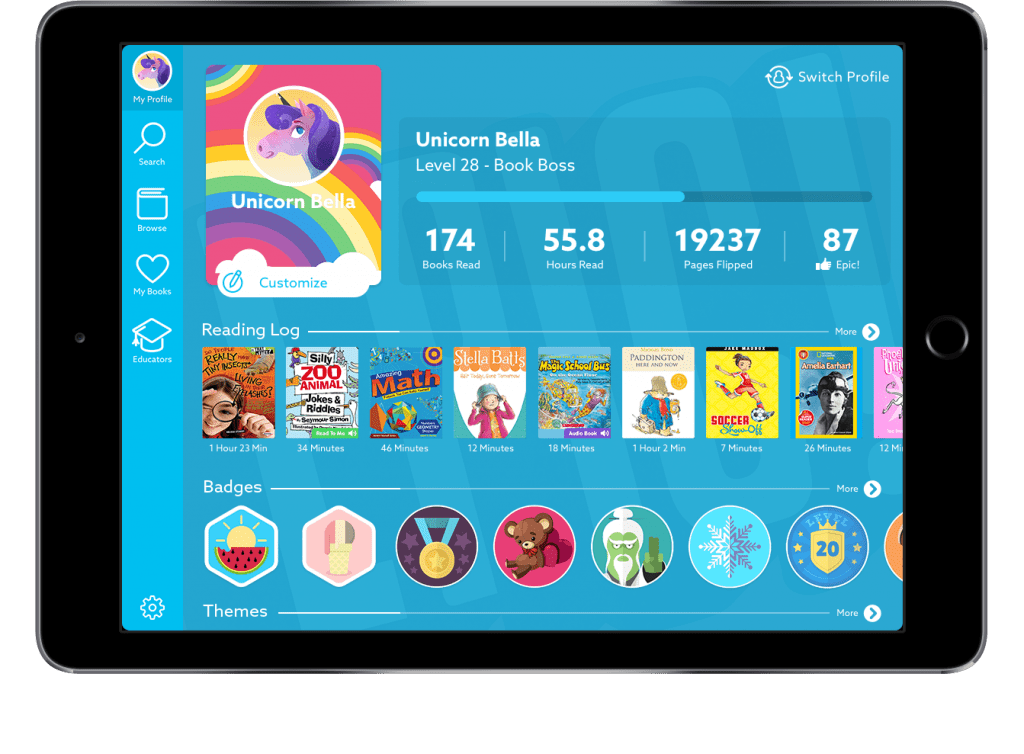Case study on 3 EdTech Apps — Duolingo, Drops, Epic
In an era where digital transformation is reshaping every aspect of our lives, the field of education is no exception. As I delve into “Gamification framework” by Yu-Kai Chou, a groundbreaking book that explores the application of game elements in non-game contexts, I’m captivated by its relevance to educational methodologies. Chou’s work, a testament to the innovative integration of game mechanics into learning environments, is a beacon for educators and developers alike. It illuminates the path toward creating engaging, effective, and enjoyable educational experiences. This exploration into gamification in education apps seeks to showcase how these principles can transform the learning journey, making it more interactive, rewarding, and, most importantly, effective. I will introduce three app examples below to elaborate on gamification in education.
1. Duolingo: A Paradigm of Learning Languages Through Gamification
Duolingo is a prime example of the successful application of gamification in education. By turning language learning into a series of game-like challenges, Duolingo makes the process enjoyable and significantly enhances retention and motivation. Learners earn points for correct answers, race against the clock, and level up as they master new skills. This competitive edge, inspired by Chou’s game design principles, encourages consistent practice and engagement. The app’s design exemplifies how gamified learning can cater to diverse learning styles, providing immediate feedback and a sense of achievement that traditional educational methods often lack.

2. Drops: Making Vocabulary Stick Through Minimalist Game Design
The Drops app takes the essence of gamification and applies it to vocabulary learning with a minimalist and visually appealing interface. Each session is a timed game where users swipe through words and match them with their meanings, all while racing against the clock. This simple yet effective approach capitalizes on short, focused learning sessions that maximize retention and minimize fatigue. By incorporating gamified elements, Drops leverages the psychological principle of spaced repetition, ensuring that learners engage with the material at optimal intervals for memory retention. The app embodies Chou’s concepts by creating a learning environment that is not just educational but also highly addictive.

3. Epic: Encouraging Reading Through Gamification Epic
Epic is an app designed for children to gamify the reading experience by providing access to a vast library of books tailored to the user’s age and interests. With features such as reading challenges, achievement badges, and personalized recommendations, Epic turns reading into an adventure. The app’s gamified system rewards progress, encouraging children to set and achieve reading goals. This approach aligns with Chou’s gamification strategies by fostering intrinsic motivation and making reading engaging and rewarding. Through Epic, children learn to love reading, not just for the rewards but for the joy of discovery and imagination.

Conclusion
As we venture further into the digital age, the fusion of gamification and education heralds a new era of learning. The insights from Yu-Kai Chou’s “Gamification” highlight the immense potential of integrating game mechanics into educational apps. Duolingo, Drops, and Epic are just the tip of the iceberg, exemplifying how gamified learning can revolutionize education by making it more accessible, engaging, and enjoyable. These apps not only enhance learning outcomes but also instill a lifelong love for learning. As we continue to explore and expand the boundaries of gamified education, we open up a world of possibilities for learners of all ages, making education not just a task but a thrilling adventure.
Gamification in EdTech was originally published in UX Planet on Medium, where people are continuing the conversation by highlighting and responding to this story.